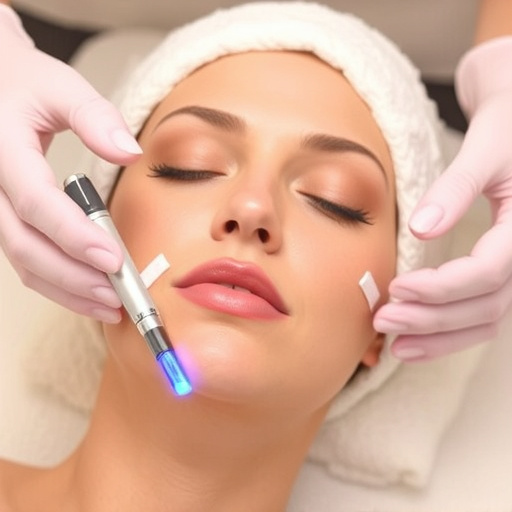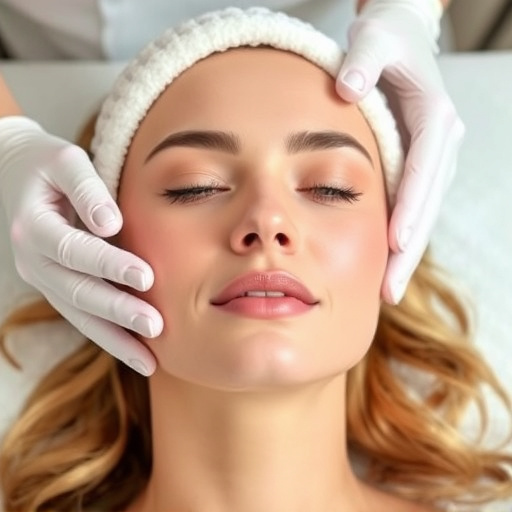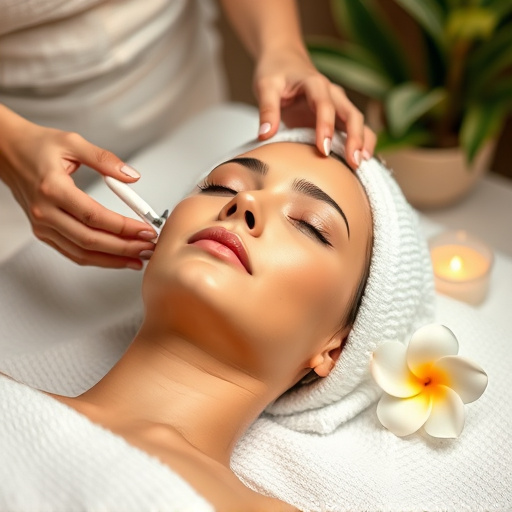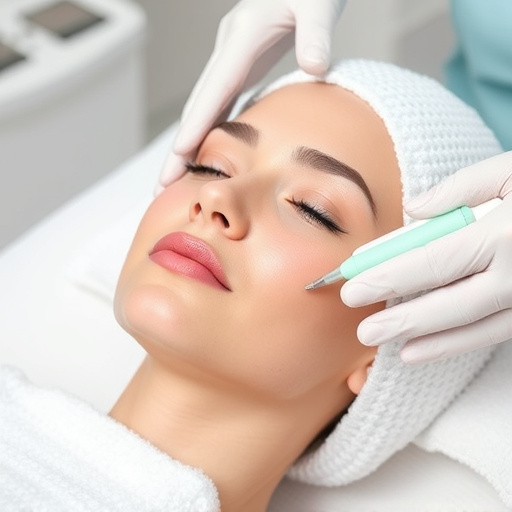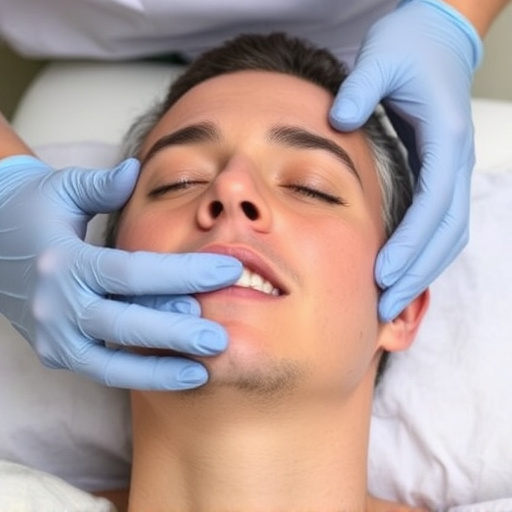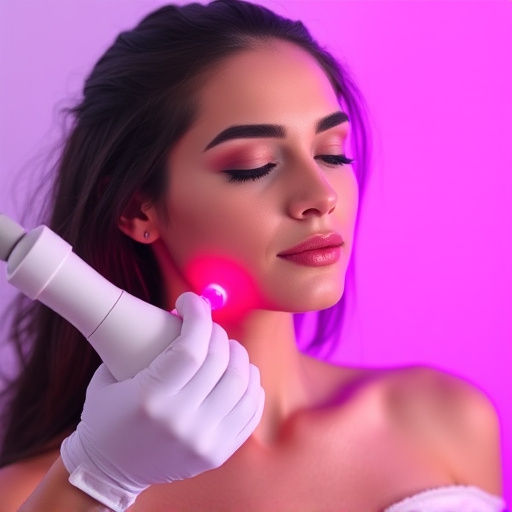Dermatitis, an inflammatory skin condition with various types (atopic, contact, seborrheic, stasis), requires tailored treatments. Assessing severity guides management: mild cases manage with OTC creams, severe cases need prescription meds or light therapy. Medical spas offer specialized care and services like microneedling for resistant cases. Personalized treatment, considering type, severity, and individual factors, combines topical medications, lifestyle adjustments, and advanced procedures for optimal results in dermatitis management.
Dermatitis, a broad term encompassing various skin conditions, requires tailored treatment approaches based on type and severity. Understanding the nuances of different dermatitis types is crucial for effective management. This article explores the spectrum from mild to severe cases, highlighting personalized treatment strategies for optimal relief. By delving into specific dermatitis treatments, we aim to provide insights that empower individuals to navigate their journey towards clear, healthy skin.
- Understanding Different Types of Dermatitis
- Assessing the Severity Level: Mild to Severe Dermatitis
- Personalized Treatment Approaches for Effective Relief
Understanding Different Types of Dermatitis
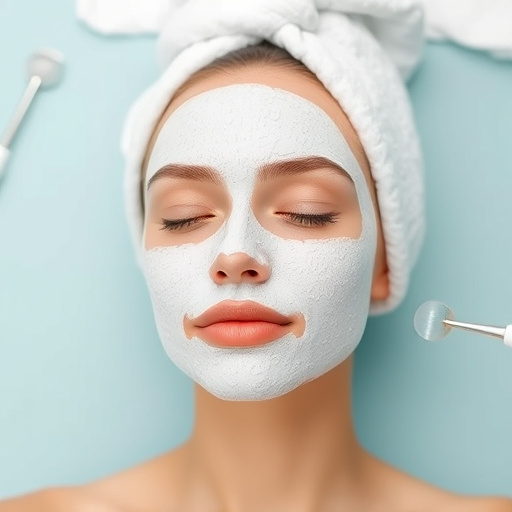
Dermatitis is a broad term encompassing various inflammatory skin conditions, each with its distinct characteristics and symptoms. Understanding these types is crucial for effective dermatitis treatment. Atopic dermatitis, for instance, is often chronic and severe, typically affecting infants and children but can persist into adulthood. It’s linked to an overactive immune system and environmental triggers like allergens and irritants. On the other hand, contact dermatitis results from direct contact with irritants or allergens, causing redness, itching, and rashes. This type of dermatitis is often acute and treatable by identifying and avoiding the offending agent.
Another form is seborrheic dermatitis, which affects areas rich in oil-producing glands, such as the scalp and face. It’s characterized by red, itchy skin covered in a white or greasy scale, commonly known as dandruff. While it can be mild, severe cases may require targeted treatments to manage symptoms. Additionally, there’s stasis dermatitis, often seen in individuals with poor circulation, leading to skin thickening and changes in color. Effective dermatitis treatment for these types involves tailored approaches, including topical medications, lifestyle adjustments, and in some cases, procedures like body contouring or skin rejuvenation techniques to address associated skin issues.
Assessing the Severity Level: Mild to Severe Dermatitis
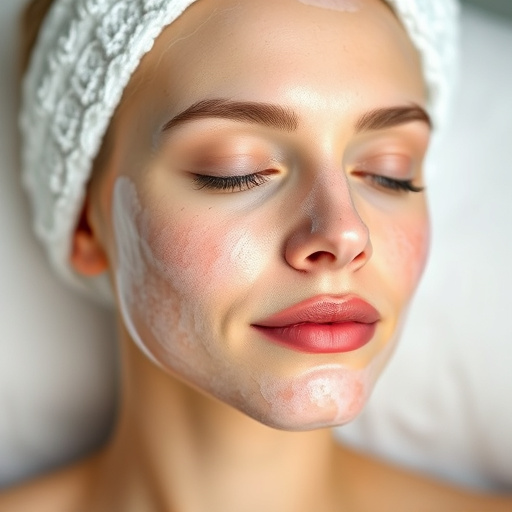
Assessing the severity level is a crucial step in determining the most effective dermatitis treatment. Dermatitis can range from mild to severe, each requiring a tailored approach. Mild dermatitis may present as occasional itching, redness, and small patches of dry skin. In contrast, severe dermatitis can cause extensive inflammation, crusting, blisters, and significant discomfort, impacting daily activities and quality of life.
When evaluating dermatitis treatment options, it’s essential to consider both the type and severity of the condition. For mild cases, over-the-counter creams and topical corticosteroids may be sufficient to manage symptoms. More severe instances might demand prescription medications, light therapy, or even oral treatments. Medical spa services offering specialized care can play a pivotal role in addressing specific needs, promoting skin health, and achieving desired results, including potential wrinkle reduction benefits.
Personalized Treatment Approaches for Effective Relief
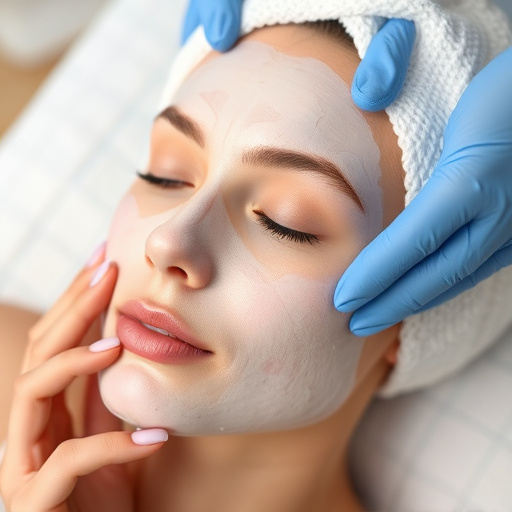
Personalized treatment approaches are key to effective dermatitis treatment, ensuring that each patient receives tailored care suited to their specific condition and needs. This involves considering the type of dermatitis, its severity, and individual factors like skin sensitivity and lifestyle. For instance, mild cases might respond well to over-the-counter creams containing hydrocortisone or calamine lotion, while more severe forms may require prescription medications such as topical corticosteroids or immunosuppressants.
Advanced procedures offer hope for those who haven’t seen improvement with conventional methods. Anti aging treatments like microneedling therapy can stimulate collagen production and skin regeneration, helping to heal damaged skin. Hydrating facials provide intense moisture to alleviate dryness and irritation associated with dermatitis. These innovative solutions, combined with personalized guidance on lifestyle changes and skincare routines, offer comprehensive dermatitis treatment options for improved relief and quality of life.
When it comes to dermatitis treatment, understanding the specific type and assessing its severity is key. By personalizing approaches based on these factors, individuals can achieve effective relief tailored to their unique needs. This comprehensive strategy ensures that management strategies, from topical medications to lifestyle changes, are optimized for optimal results, offering a path to comfort and improved skin health.








